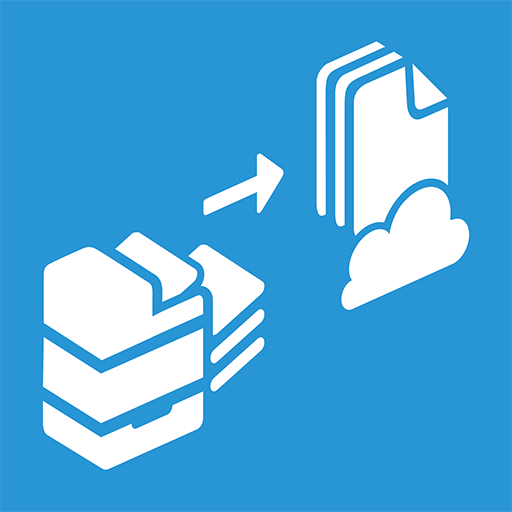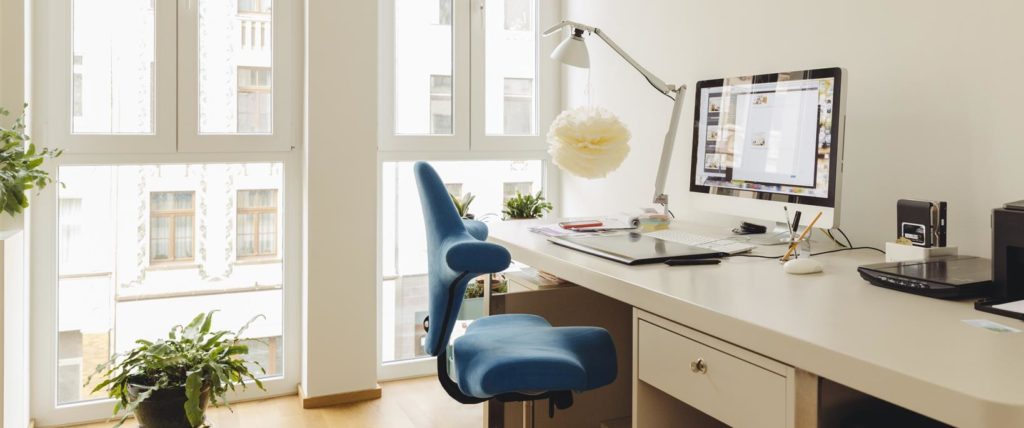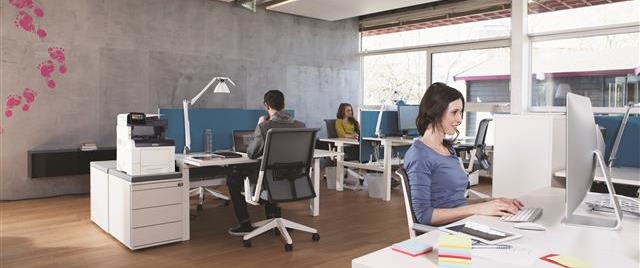The number of businesses who are empowering their employees to work from home is growing larger every day. In fact, the size of the remote workforce is approaching record numbers. It’s not only a sign of the times, it’s proof that business owners are ready to embrace the benefits it brings, even when it means a brand new way of doing things.
It’s a move that is succeeding. A recent Stanford study found that remote workers were more productive, got more done, worked longer hours, took fewer breaks, and used less sick time than their in-office counterparts. And those aren’t the only benefits.
If you’re ready to reap the same rewards for your business, or if you’re an employee who is about to make this shift yourself, we’ve got a simple guide to help you get started.
Choosing the Right Space
If you’re reading this from your sofa with your laptop balancing on your knees, you’re not alone. Plenty of remote workers start their journey unsure of what they’ll need – or where they will put it.
Not every remote worker will have four walls and a desk dedicated exclusively to office space. If you don’t, keep in mind that all you really need are just a few vital features:
- Quiet. Your remote workspace should be free from distractions when it’s time for a conference call or video chat. A neat, uncluttered, quiet corner will do. When it comes to getting the job done, if noisy neighbors, the doorbell, or your lawn care crew make it difficult to stay focused, try a pair of noise-canceling headphones.
- Light. Offices are beginning to recognize the benefits of having plenty of natural light in the workplace. Try to find a space that includes a window, and if that isn’t possible, try one of these alternatives.
- Comfort. Whether you’re there from 9-5 every day or you only visit your home office part time, it should be a comfortable space, and one you look forward to occupying. The great news is that a functional, stylish desk doesn’t have to take up a lot of space – or be expensive.
Once you’ve found the right workstation, you need an arguably even more important piece of equipment: a chair. A good desk chair is like a good mattress: it can dramatically improve your life (or make you wildly uncomfortable for a good portion of it). Here’s a good guide to get you started.
Also keep in mind the simple comforts that help bring a smile to your face – a tea kettle or coffee pot, some green plants to freshen the air, or some quirky art or décor to help you personalize the space.
Investing in the Right Equipment – Your Must-Haves
Now that you’ve found a space and outfitted it with creature comforts, it’s time to turn your attention to the nuts and bolts – the equipment that will truly enable you to have a full office experience from anywhere you choose to work. Employers, consider this your checklist for empowering your remote teams to be their most engaged and productive in the office or out.
- A laptop or PC. How much storage do you need? Does your Office use Windows or OS? Will you need the full Microsoft Office Suite or proprietary software supplied by your employer? Most employers will outfit their team members with the heavy equipment they need to complete their tasks, but if you’re a contract employer or freelancer, this computer buying guide from Consumer Reports can help you determine which machine is right for you.
- A good internet connection. Next to your computer, your internet connection is the single most valuable tool in your work from home box (sometimes even more so – a day without Powerpoint? Tough. A day without email? Impossible!) Most of us have Wifi in our homes already, but investing in an upgraded router – rather than just the equipment your cable or internet provider supplies – could be worth your while. Here are the best routers of 2018.
- A desktop printer or MFP. The ability to print, fax and scan will help you have a fully integrated office experience from anywhere. The best printers or MFPs will also make your work life easier and more productive. Xerox printers and multifunction printers (MFPs) enabled with ConnectKey Technology® can be programmed to scan documents, convert them into searchable PDFs and forward them to the proper department in one easy step.
If you haven’t invested in your own, the Xerox® Mobile Link mobile app can connect your mobile devices with the Xerox® multifunction printers in your workplace, so you can simply use your smartphone or tablet to scan documents and send them to email contacts, cloud storage and printers simultaneously. Xerox Mobile Link App – 3-in-1: Capture It, Manage It, Send It
Xerox Mobile Link App – 3-in-1: Capture It, Manage It, Send It
Xerox® Mobile Link is a mobile app that can scan, fax and print from your phone or tablet by connecting with Xerox® multifunction printers (MFPs). - A Telephone or Videoconferencing Service. For most people, a cell phone alone will not be enough to keep up with the demands of staying connected with clients and colleagues all day, every day (and the cost can really add up). If your employer hasn’t already supplied you with a resource for staying connected, consider VoIP technology. It not only replaces a landline, but also integrates easily with smart software, and can offer extras like a computer or mobile-device-based softphone, video conferencing, and conference calling.
Business-grade VoIP can also offer features such as voicemail-to-email transcription, a programmable auto-attendant, faxing, and much more. Learn more about it and how to choose the right one for you in this article from PC Magazine.
Extras to Consider
While the equipment featured above is the most critical for your remote office, here are a few more you should consider:
- A backup drive or personal server. Depending on the security or confidentiality guidelines of your workplace, you should consider backing up your data with an external hard drive or personal server. Cloud-based backup services can also be a good choice depending on your company’s policies.
- Filing cabinets, storage, paper shredder. Unless you’re working in a totally paperless office, it’s a good idea to figure out how you’ll store, organize, and when needed, destroy business-related documents.
For more information on the benefits of enabling a remote work experience, or how to make the most of your own, subscribe to the Small Business Solutions blog today!
Share this on Twitter!
Tweet: From business owners to freelance employees, we’ve got your end-to-end guide to building the perfect remote workspace: https://ctt.ac/OIAjk+ via @Xerox
Subscribe to the Small Business Solutions Blog and receive updates when we publish a new article. [wysija_form id=”1″]




I recently outsource my bookkeeping and payroll it was the best decision I ever made free up my time especially my wife notice I was at home much more. I ended up signing up with bookkeeping.com but you could use any service out their all the prices are very similar.
Thanks for sharing this interesting post, azimmer. To add to the important points in the post, we also need to add Mobile Device Management Solution as a requirement to set up a secured and well managed remote workspace. A remote workspace is a necessity where Enterprises are increasingly seeking workforce mobility. The management and security of the remotely placed work devices is of utmost important and it can be acheived through a powerful and secured Mobile Device Management Solution.